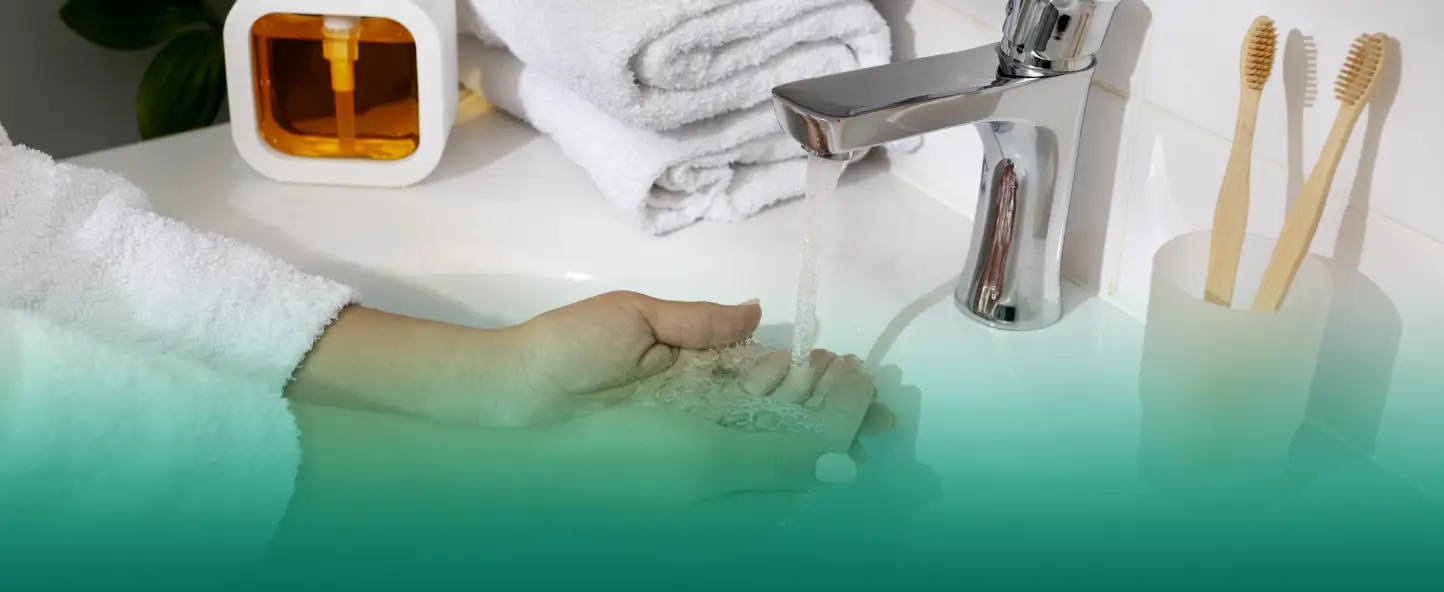Heatstroke occurs when the body’s heat balance is disrupted and the body loses its ability to cool itself effectively. One of the most common causes of heat stroke is high temperature combined with high humidity. This condition can be a serious health hazard that requires immediate attention.
Typical signs of heat stroke include: fever, feeling weak, dizziness, headache and darkness. In some cases, vomiting and diarrhea, as well as nosebleeds, may occur. The skin of the face may become either reddish-purple or pale, and breathing and heart rhythm may be affected.
These symptoms may indicate serious problems with the body’s heat balance and require immediate medical attention.
How to stay healthy in the heat?
- Try to avoid sunlight during the peak period from 11 a.m. to 3 p.m. Plan your activities for cooler times of the day.
- Reschedule your physical activity and sports to the morning or evening when the temperature is cooler.
- When sunbathing and swimming, stick to alternating times and limit your exposure to the sun. Remember to protect your skin with sunscreen.
- Prefer loose clothing made from light-colored natural materials that allow the skin to breathe. Don’t forget about a hat and sunglasses.
- Avoid closed and stuffy rooms. If possible, install an air conditioner or use a fan to circulate air.
- Drink more often, but in small portions. The preferred drinks are cool liquids without added ice, such as water, fruit juice or still drinks.
- Control your tobacco use, limit your drinking of tea, coffee and alcohol. Add more carbohydrates, a variety of fruits and vegetables, and dairy products to your diet to improve your overall health.






